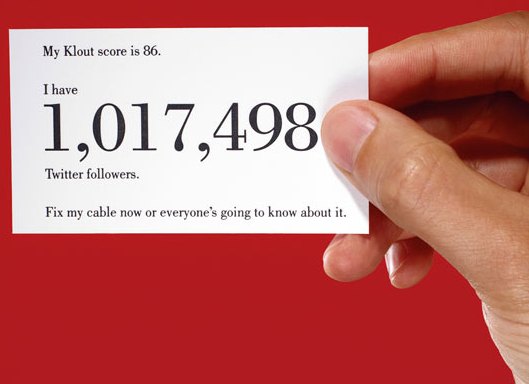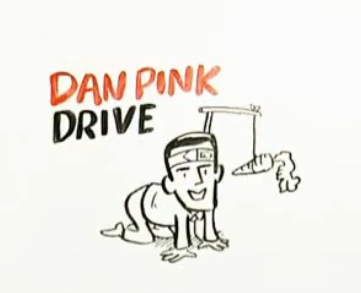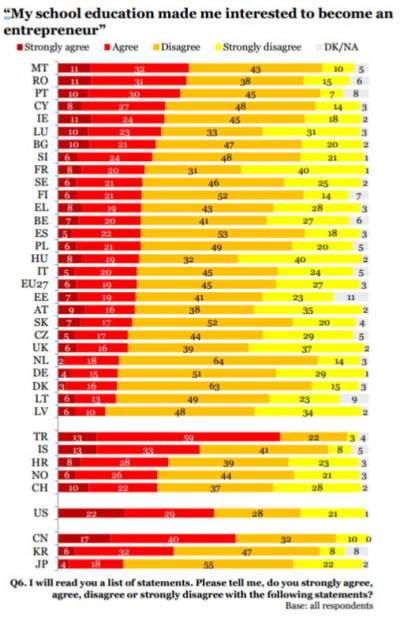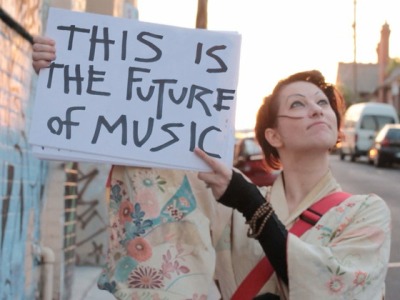The modern hospital is a Health Factory, and Institution of the Industrial Age. We seek there maximum effect of scale for producing a product called “health”. It is centralized, and even more so that the increasing complexity of modern healthcare, coupled with easier transportation, leads to a concentration of facilities and the disappearance of smaller, more local healthcare centers.

Hospitals are there to solve situations where the sickness or the trauma is already declared. Without asking its opinion to the patient, because doctors have the knowledge of what needs to be done, it brings people into a system designed to be as efficient as possible in healing them. Tools designed by science – efficient medicines- are used.
How will healthcare transform through the Fourth Revolution? Like in other institutions of the Industrial Age, many of its foundations will be shaken and buckle:
- through internet, patients know a lot about their conditions and doctors cannot handle patients like they did before – today they need to open a conversation with the patient, listen and convince
- the ability to record data on iPads and all sorts of modern communicating devices makes home monitoring much easier than before
- the same apps on ubiquitous devices can play an increasing role in prevention and monitoring, thus preventing cases to become so severe that hospitalization is unavoidable.
- soft medicines, traditional medicines and other aspects of everyday life like one’s diet are recognized as increasingly important and powerful in preserving health; and they do not happen in hospitals
Where the Industrial Age concentrated health production in a factory called an hospital, the Fourth Revolution will again decentralize the production of health in the palm of everyone’s hand.
The medical world is one of the most conservative. Will they realize that this wave of change is coming to them before the hospital institution succumbs to the crushing forces of the Fourth Revolution?










